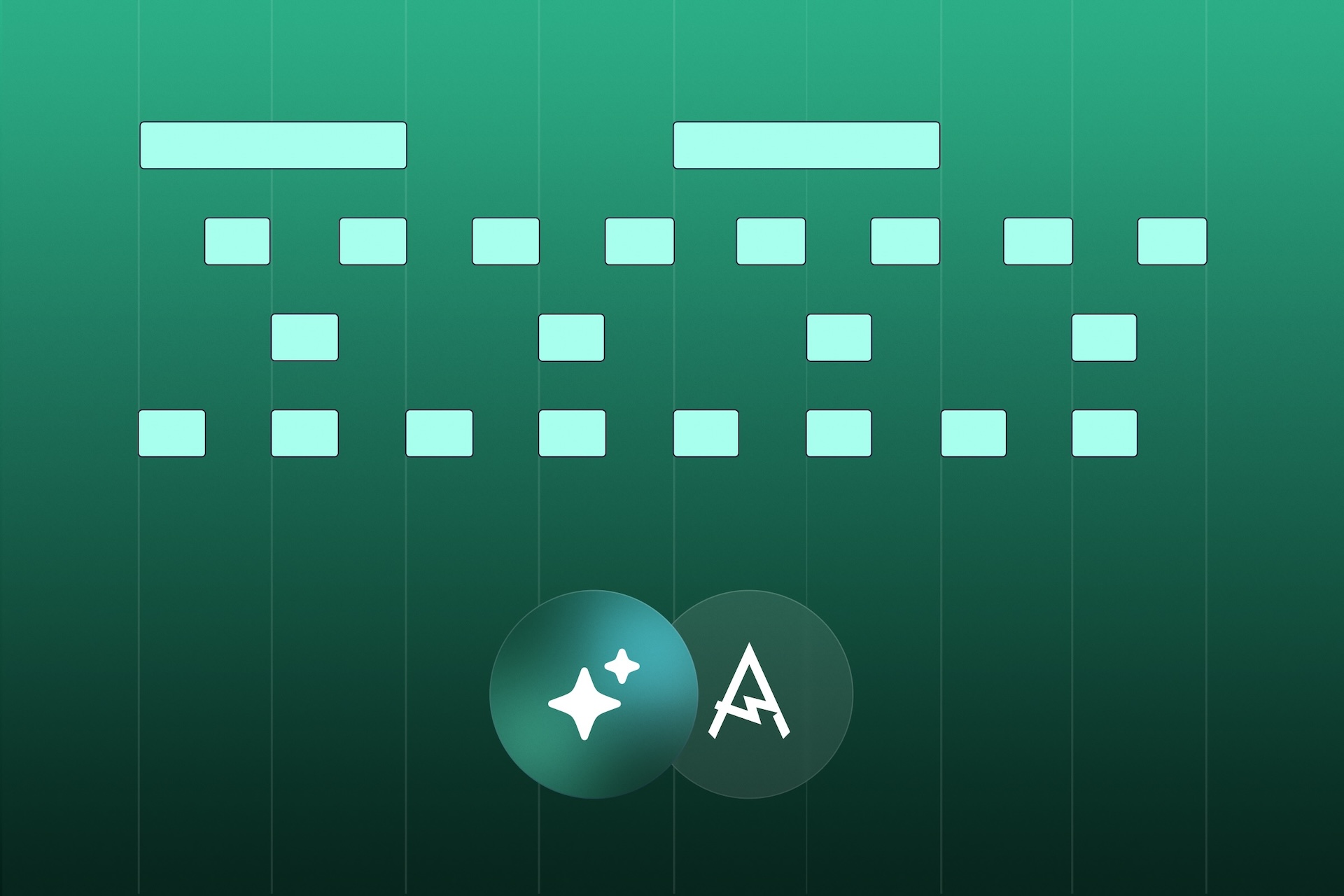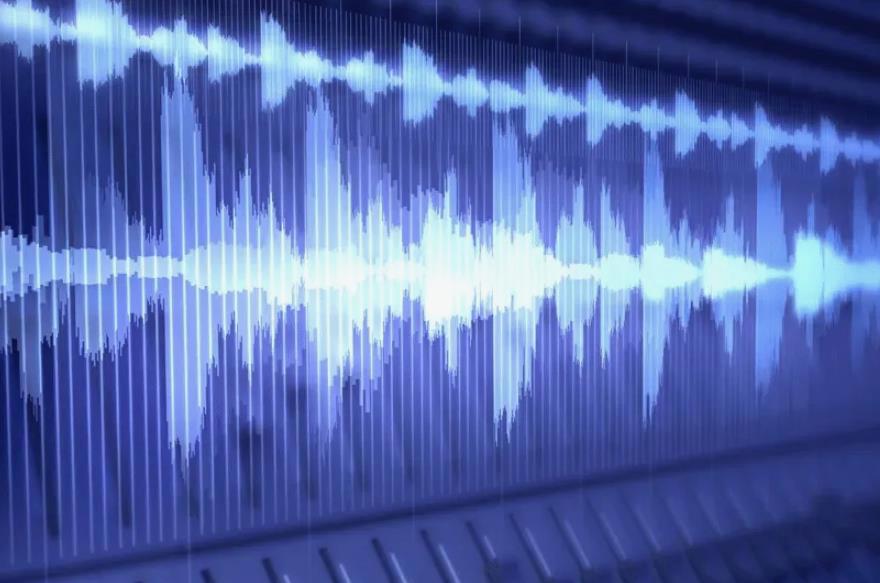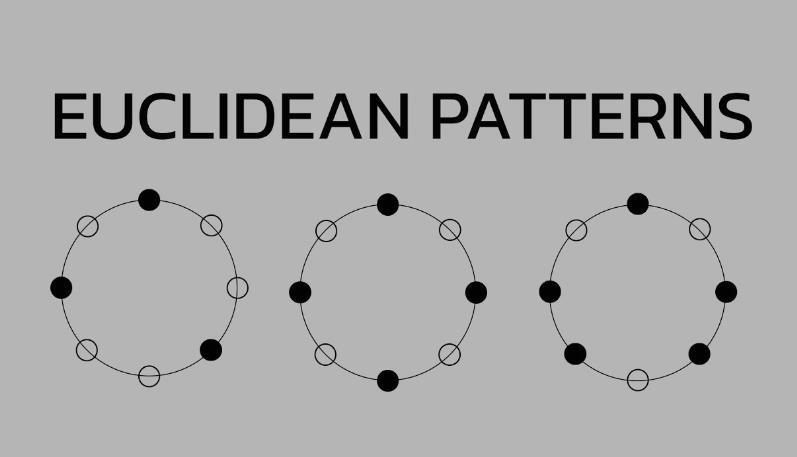What is a Pentatonic Scale
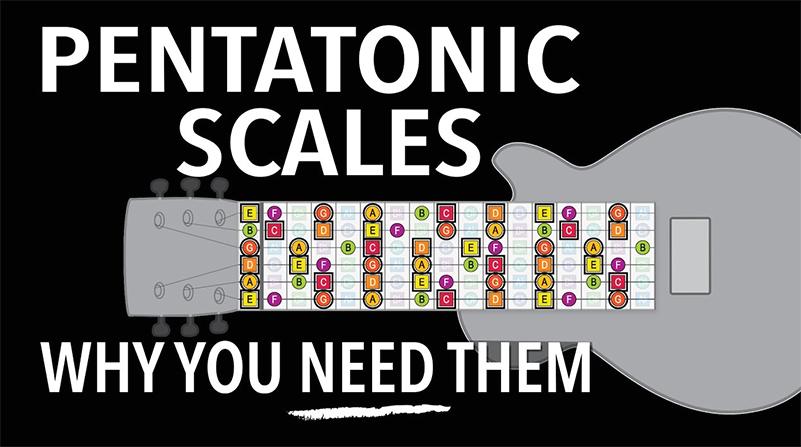
Pentatonic scale is a 5-step scale that does not contain semitones.
There are several types of pentatonic scale in music, but in most cases, when they say “pentatonic scale”, they mean the above meaning.
Pentatonic scale is widely used in various directions of modern music: pop, rock, jazz and others.
Knowledge of pentatonic scale and skillful mastery of playing techniques based on it is one of the most important qualities of a modern musician.
Pentatonic scale structure
The easiest way to find pentatonic scale on the piano is to play five black keys in a row within one octave.
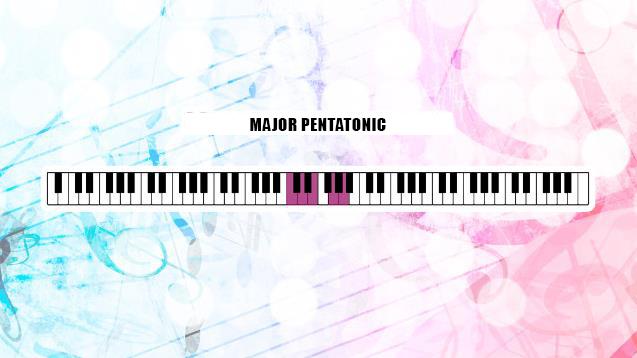

How to Find Pentatonic Scales from Major and Minor Diatonic (7-Step) Scales
Many beginning musicians know modern diatonic modes (scales) very well, but they often find it difficult to “change” from diatonics to pentatonics.
We offer a simple way to solve this problem. The main thing is to understand which steps in major and minor should be “skipped” in order to get a pentatonic scale from the usual diatonic scale.
The fact is that the difference between the diatonic scale and the pentatonic scale is only 2 steps (notes): in diatonics there are 7 steps, in pentatonics 5. Two steps are removed from the diatonic scale, forming the most striking musical dissonance – the tritone.
Accordingly, in major these are the 4th and 7th steps, and in natural minor – the 2nd and 6th steps.
There is the same relationship between parallel major and minor pentatonic scales as between diatonic parallel keys (there is a separate article about this — here). The major and minor pentatonic scales, like parallel keys, will have the same composition of sounds.
Look closely at the pictures. If you imagine that these are familiar diatonic C major and A minor, you can see that in both cases, the notes F and B are skipped to build the pentatonic scale — they form a tritone in both keys. Only in C major, F and B are the 4th and 7th, and in A minor — the 2nd and 6th steps, respectively.
The pentatonic scale can be built from any note according to the following schemes:
- major pentatonic scale: tone – tone – 1.5-tone – tone;
- minor pentatonic scale: 1.5-tones – tone – tone – 1.5-tones.
To put it more correctly from a musical point of view, we can say that the pentatonic scale consists of the following musical intervals:
- major pentatonic scale: major second (b.2) – major second (b.2) – minor third (m.3) – major second (b.2);
- minor pentatonic scale: minor third (m.3) – major second (b.2) – major second (b.2) – minor third (m.3).
A little more about the pentatonic scale on the guitar
If you have been playing the guitar for some time and probably even tried to improvise, you should be familiar with what the pentatonic scale is. Often, beginner guitarists who have recently started learning to play the guitar online face the problem of playing up and down, which sounds poor for this five-step scale. This article will be especially interesting for those who are mastering guitar lessons online. In it, we will introduce you to some ways of playing the pentatonic scale, which will allow you to decorate your improvisations a little.
1. Turntables
“Turntables,” as guitarists often call them, are looped melodic phrases that are repeated to create a driving effect. They are typical of blues, blues-rock, and rock music.
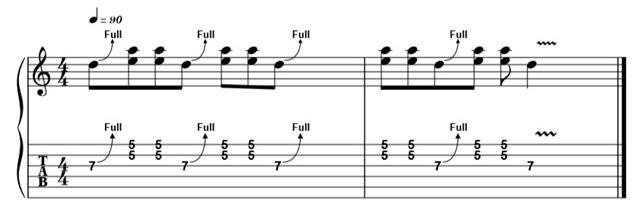
In this case, you need to practice removing your finger from the bend in time to cleanly play the repeated two strings, clamped at the V fret.
Here are some more interesting examples:

2. Blues note
A note that can create a real, that very feeling that you are playing a real blues on black.
There is also an interesting way to use it. Try to play a bend in A minor pentatonic, on the 3rd string of the 7th fret, but do not stretch it to a full semitone. Play the note so that it is between the sounds of the 7th and 8th frets, and then mute the string with your right hand and return to the tonic through the 5th fret. The result should please.
3. Step “through the string”
Try playing the pentatonic scale through the string, as shown in the tabs, using a shuffle, a blues rhythm, which you can learn about in the article on blues.
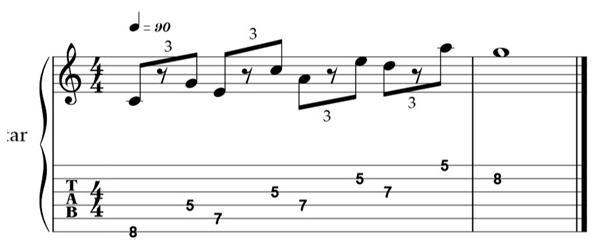
Note that when playing a step across a string, you need to accent the upstroke to get the traditional blues “limp”.
4. Triplet
There is one very popular way to play a triplet in the pentatonic scale. Basically, it looks like a scale played in three notes, but in the pentatonic scale it opens up the possibilities for speed. Even a beginner guitarist learning online guitar lessons can feel like someone like Eric Clapton.
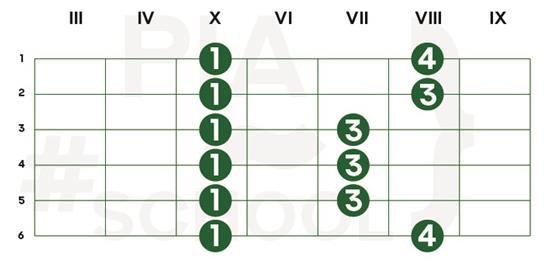

5. Try to create connections
It is important not to just randomly play the techniques presented above, but to try to build their smooth connection. Music, like any language, requires connected sentences and that is when your artistic speech begins to sound truly beautiful.

Have you recently started learning to play guitar and want to learn how to play “proper black blues”? You are in the right direction. Prefer online guitar lessons to a self-study guide? Different ways of playing the pentatonic scale give a wide scope for improvisation, which ensures your professional growth as a musician. Learn, dare, improvise, open new horizons!





